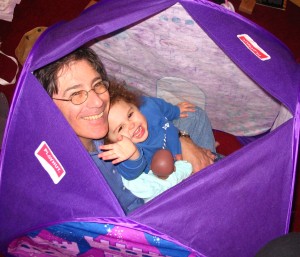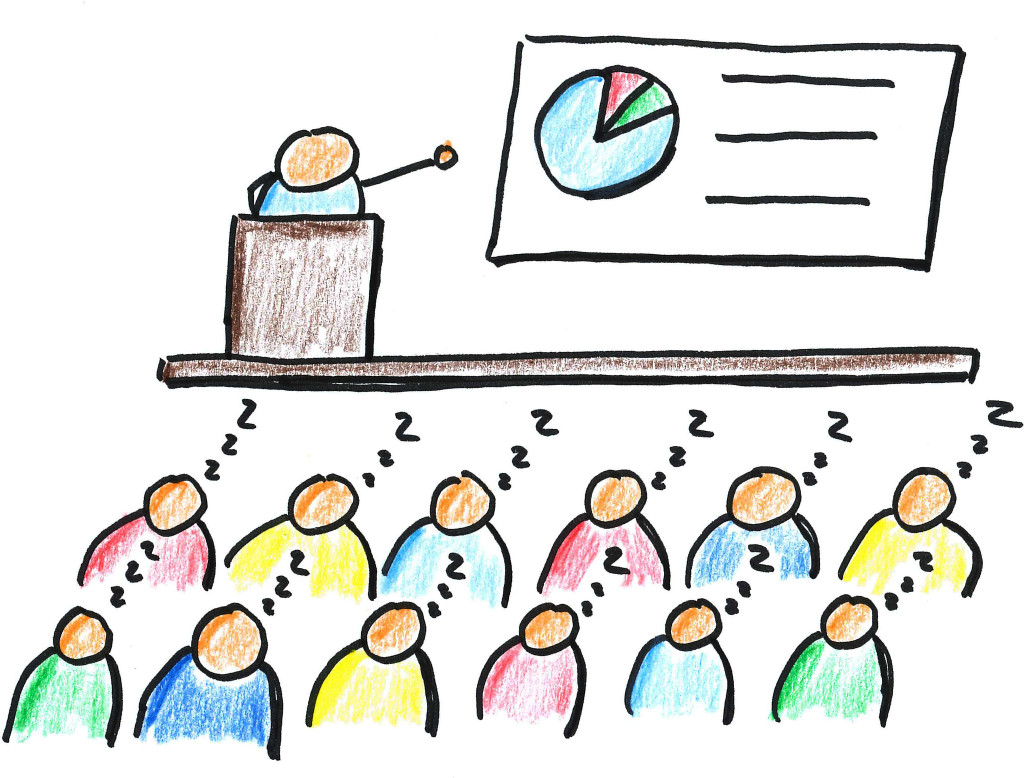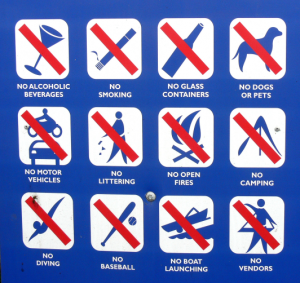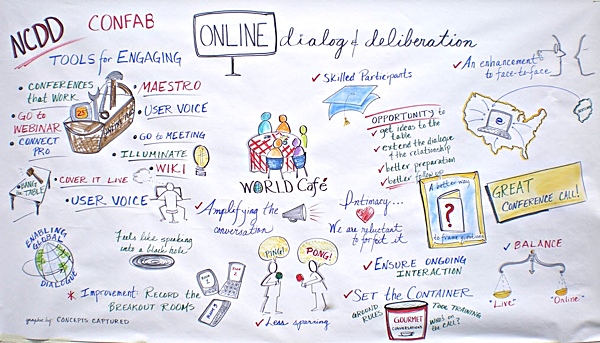Dear Adrian—More questions about event process design
Dipesh Mody, writing from Mumbai, India, asks five great questions about event process design. I’ve interspersed my answers after each question.

I have now read both your books and have truly enjoyed reading them. Your work has been very inspiring to many; and I am certainly one of them.
While your book is very well written and structured, I had a few questions for you and I am hoping that you will find the time to respond.
Question 1
After the peer group session sign-up and once the time and space are allocated, who decides which technique to use? Is it the volunteer facilitator of the peer group? If yes, what if the volunteer is not familiar with these techniques? Will he invariably choose a roundtable technique?
Yes, the volunteer facilitator(s) of a peer session is/are responsible for determining the format used in the session. As covered in The Power of Participation, there are a number of basic formats you can use. I give every attendee a one-page peer session facilitation handout (free download) at the start of the event. This short document explains session facilitation, offers a suggested step-by-step process, and includes some tips for effective facilitation.
Analyzing thousands of evaluations of Conferences That Work format events, it’s very rare to see a complaint about the quality of peer session facilitation. So I believe this simple handout is an effective tool for volunteer facilitators. While I could include some additional opening techniques such as Post It, described in The Power of Participation, it’s possible that making the handout longer might reduce its overall effectiveness.
In India, and other regions where organizational cultures tend to be more hierarchical than those in North America and Europe, participants may be less comfortable taking responsibility for leading a session. Under such circumstances, taking twenty minutes at the opening of a peer conference to explain basic peer session leadership techniques can be helpful.
Question 2
From what I understand that certain sessions only a trained facilitator can run them such as World Café, fishbowl, or a human spectrogram. Is my understanding correct? If yes, then such techniques can only be used involving the entire group. For e.g., if the conference size is 50 people then all 50 people need to be in that one session when a human spectrogram technique is being used? Is my understanding correct?
It depends on what “trained” means. I have not received any “formal” facilitation training, but I experienced World Café, fishbowl, and human spectrogram process run by others before I attempted to facilitate them myself. I think many people who have experienced a human spectrogram once could successfully facilitate it under similar circumstances. There are plenty of good resources (including The Power of Participation😄) for other group work techniques.
As participative techniques become more frequently used at conferences, attendees are increasingly likely to be capable of facilitating them. So, I expect the requirement for a “trained” facilitator will decrease over time.
Question 3
About the beginning and the end sessions, I am quite clear but for the middle sessions is there a particular sequence (s) that works best based on your experience? For e.g., use fishbowl to gain a deeper understanding of the top six issues and then follow it up with World Café to discuss solutions to these issues (assuming we have 6 tables with five people on each table: Conference size 30 people). Then use a human spectrogram to vote on the proposed solutions and to select the most plausible ones.
Again, the answer to your event process design question depends on the circumstances—in this case, a session’s desired outcomes. It sounds like you are asking about process to explore and choose solutions to problems. Because we hold meetings for many different reasons, there’s no single process sequence that’s appropriate for every situation.
The Conferences That Work format, for example, works very well for a group of peers who are meeting to learn and connect for individual reasons, determine common ground, and discover and act on opportunities available to the group.
If, as per your example, the meeting is to learn and discuss six pre-determined important issues, you might well use techniques like fishbowl and World Café as opening and mid-course process. If attendees don’t know each other well, an opening roundtable would be useful. Or if the important issues were unknown or unclear at the start of a meeting, introductory educational sessions plus affinity grouping might be appropriate.
As far as discussing solutions is concerned, while human spectrograms are a useful tool to gauge sentiment, process prescribed by the norms of the group, organization, association, or corporation stakeholders typically determines outcomes.
Question 4
About World Café or human spectrogram or voting, while a volunteer team can assist in framing the right questions as pre-work but my experience shows that getting them to contribute to the questions is difficult as they don’t have time to devote to such pre-work activities due to work-related and other commitments. Further, on page 222 of Power of Participation, you have identified questions for collective attention, for finding deeper insights, for forward movement, etc. In light of this, would it be a good idea for the attendees to frame the questions during the conference beginning? Would this work in your experience?
If you are going to use World Café at an event, pre-work defining good table questions is essential. While there are frameworks that can be helpful in devising Café question rounds (e.g. those for sense-making by Chris Corrigan and strategic planning by John Inman), I think it’s very hard to build consensually-good questions on the fly at the event unless participants are patient and willing enough to spend a significant amount of time. It’s akin to bringing a large group of people to a building site and asking them to collectively design and erect a building from scratch. Not impossible, but difficult!
Question 5
While your book does provide model conference schedules, it falls a bit short of getting a real sense of what a real schedule looks like. It would be really great if you could add a few real examples of conferences you facilitated. And useful to get a sense of how you mixed and matched various techniques (fishbowl, World Café, spectrograms, etc.) during a let’s say three-day conference around a particular theme. It would be a great addition to what a truly amazing book it already is.
Dipesh, I think that’s a good idea in principle. However, I’m wary of supplying such examples unless they include extensive background on why the specific types and flow of process techniques were used in the event process design. The danger of providing condensed examples is that some readers will be tempted to copy them verbatim for events that involve participants, logistical constraints, and desired outcomes that are significantly different from those that generated the example design. End result—a design that doesn’t satisfy stakeholder needs, leading to poor evaluations and, perhaps, the conclusion that these new-fangled event designs “don’t work.”
There are so many factors involved in creating a good event design that I estimate a useful case study of a single event design that comprehensively covers the reasons for the design choices made might require 10,000+ words and many days of work! A worthy project, but one that may have to wait a while…
Best regards,
Dipesh Mody, India
Thanks for your thoughtful questions about event process design, Dipesh. I hope these answers help a little in your quest to produce fine events in India!
Best wishes,
Adrian Segar





